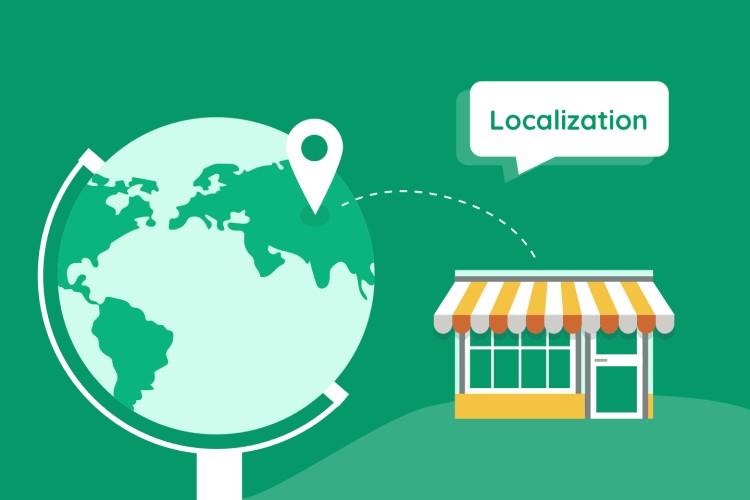
At the heart of Localization and US Market Entry is the need for businesses to adjust their products and messaging to reflect American consumer expectations and preferences. Simply translating content into English is not enough. Effective localization requires a deep understanding of the regional, cultural, and linguistic nuances that make the US market unique. This includes adapting marketing materials, product offerings, customer service approaches, and even pricing models to align with local customs, regulations, and expectations.
Understanding the American Consumer
The US market is not a monolith but a collection of regional and demographic segments with distinct preferences and needs. Companies entering this market must tailor their localization strategies to resonate with various consumer groups. For example, what appeals to consumers in California may not necessarily resonate with those in Texas or New York. Additionally, the cultural diversity in the US means businesses must consider the linguistic needs of Spanish, Chinese, and other language-speaking communities. This is especially the case in regions with large immigrant populations.
For companies entering the US, understanding regional differences in consumer behavior is crucial. Market research plays a critical role in gathering insights into these behaviors and preferences. From product features to marketing tone, businesses must ensure they are creating culturally relevant experiences that speak directly to American consumers.
The Role of Localization in Product and Service Adaptation
Localization is essential for more than just marketing. It impacts how businesses adapt their products and services to fit the US market. Companies must ensure their offerings meet local regulations, cultural expectations, and customer preferences. For example, companies in the food industry must adapt ingredients or portion sizes to align with American tastes. Tech firms, meanwhile, may need to ensure their software or platforms comply with US data privacy laws and local regulations. Companies such as Nestlé have successfully localized their products to meet the tastes of American consumers. They accomplished this by adjusting product lines and marketing messages to resonate with the local culture.
In addition, effective localization includes ensuring that all customer-facing content is adapted to the language and cultural norms of the target audience. This includes websites, mobile apps, user manuals, and customer support services. Research shows that nearly 78% of consumers are more likely to purchase from a business that speaks their language, making localization an essential strategy for businesses targeting the US market.
Challenges in US Market Entry
While Localization and US Market Entry offer significant opportunities, it comes with several challenges. One of the key hurdles is navigating the complex regulatory environment in the US. Each state may have its own set of regulations governing business practices, taxation, employment laws, and industry-specific standards. Companies need to stay compliant with both federal and state laws to avoid costly legal issues. In addition, the highly competitive nature of the US market presents a challenge for foreign companies, especially those competing with established brands.
Cultural differences are another major barrier. Americans tend to value convenience, speed, and simplicity in their consumer experiences. Foreign companies must adapt their customer service, delivery times, and overall user experience to meet these expectations. Misunderstanding local norms can lead to failures. This can be seen in the case of Carrefour, a French retailer that struggled in the US because it didn’t adjust its hypermarket model to fit American shopping habits.
Developing a Winning Localization Strategy
To succeed in Localization and US Market Entry, companies must integrate localization into every phase of their market entry strategy. This begins with in-depth market research to understand local consumer needs and preferences. Companies should also identify key local competitors and analyze their strategies to determine how to differentiate themselves. Engaging with local partners can also help businesses navigate the complex landscape of US market regulations and consumer preferences.
Additionally, businesses must be ready to continually adapt their localization strategies. The US market evolves rapidly, driven by technological advancements, demographic shifts, and changing consumer preferences. Regularly assessing and updating localization efforts is essential to remain relevant and competitive in this market.
In conclusion, Localization and US Market Entry are critical for any business seeking to expand into the US. By understanding the unique cultural and regional nuances of the market, businesses can tailor their offerings and messaging to better connect with American consumers. Despite the challenges, companies that invest in robust localization strategies will be well-positioned to succeed in the highly competitive US market. Hiring specialized consultants and U.S. market experts can assist with this process.

